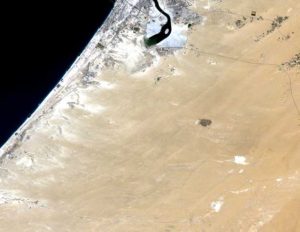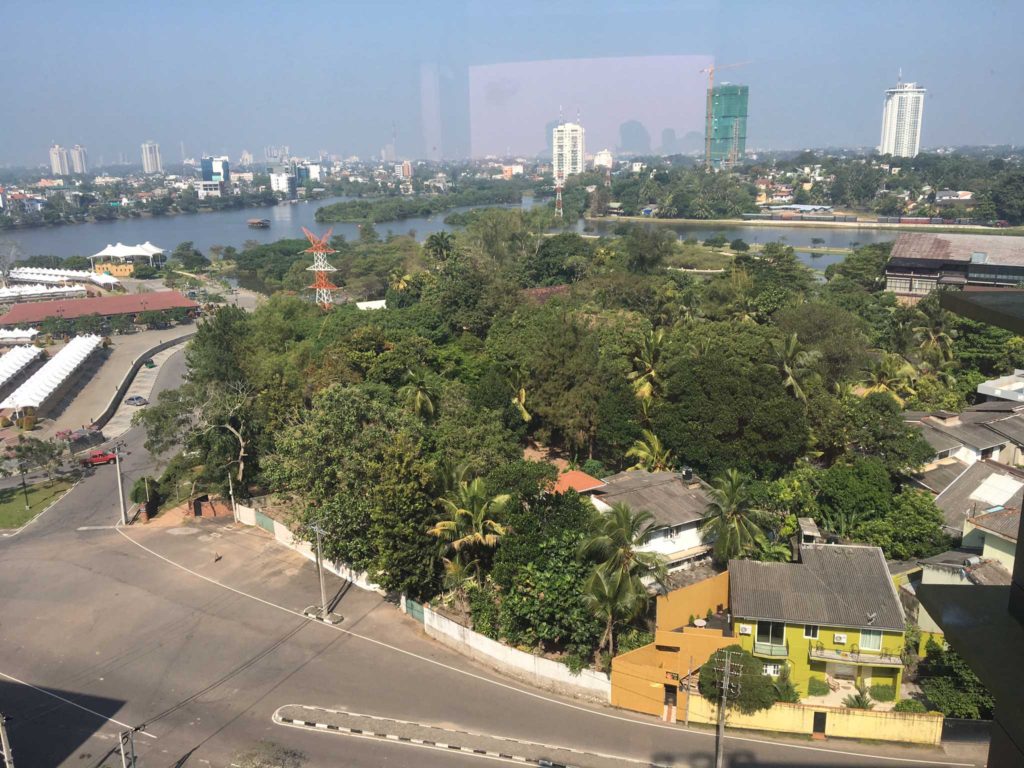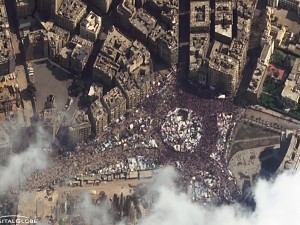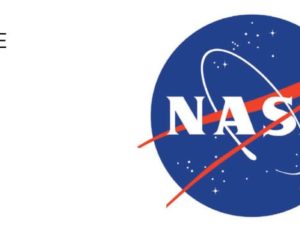World Bank and National Geographic Society Projects
MARY JO WAGNER / FREELANCE WRITER / VANCOUVER,
BC, CANADA
When it comes to determining what a particular object is, nothing beats a personal inspection. With a ground survey, one can see the object, and if necessary, photograph it, measure it and record notes about it. For small areas, this is a perfectly viable approach.
But what if the task is to identify and map the entire road network of Dubai over a 30-year period from an office in Colorado? Or to distinguish every building and its roof type across more than 1,200 districts in Sri Lanka? Clearly, personal inspections and data collecting would be cost- and time-prohibitive.
That is why satellite imagery and advanced spatial analysis technology have been the tools of choice for users who require the vision and intelligence to analyze and map features from remote locations. The difference today, however, is those same tools—particularly the image analysis technology—are more detailed and more intelligent, making them more powerful “explainers.”
“With very high-resolution satellite imagery, ancillary data and object-based image analysis (OBIA) software, I can identify all the buildings across 20 different regions in Sri Lanka, and I can tell you each building’s unique roof material while sitting in my office,” says Chris Lowe, director of imagery analysis with Land Info Worldwide Mapping, an aerial and satellite data provider based in Colorado. “As those roof types directly correlate to poverty levels, economists then have a valuable space-based metric for mapping poverty across the country.”
Indeed, taking the well-established satellite-based mapping approach and injecting it with the intelligence of OBIA technology is now providing researchers with the opportunity to take feature classifications like those in Sri Lanka or Dubai and quantify them into more meaningful assessments of changes at a local level.
DUBAI’S DRIVE
The largest and most populous city in the United Arab Emirates, Dubai, is now synonymous with skyscrapers, high-rise buildings—the Burj Khalifa is the world’s tallest building—and audacious engineering projects such as the Palm Jumeirah, the world’s largest artificial island. In less than 80 years, Dubai has exploded from an impoverished fishing village into a business and tourist mecca with a population of nearly three million.

FIGURE 1. Modern Dubai is synonymous with skyscrapers, high-rise buildings and audacious engineering projects. In the last three decades, its road network increased by 277 percent.
Dubai’s most significant boom, however, has been in the last three decades, since the now-popular city initially got electricity and paved its first road in 1961. There were 30 cars in Dubai that transited that first, narrow, 11-km-long road; today that same road is four lanes across, and there are more than 1.4 million cars in the city.
As part of its Urban Expeditions initiative, a multi-year project spotlighting cities’ sustainable solutions for managing urban growth, the National Geographic Society (NGS) wanted to study Dubai’s road development over time as an indicator of its expansion. Focusing on five-year intervals between 1984 and 2016, the NGS commissioned Land Info to classify and map Dubai’s road development and expansion over that 32-year period.
Although change detection studies are quite common for showing cities’ growth, the NGS project differed in that investigating the specific relationship between road networks and urban expansion is uncommon.

FIGURE 3. Dubai’s road network in 2016. It grew from 4,692 km (2,915 miles) in 1984 to 13,000 km (8,077 miles) in 2016.
“Road networks and how they have changed can enhance the story of a region’s growth,” says Lowe. “Tightly packed roads may mean a significant influx of residential construction. Roads may have changed from one type to another or disappeared because of certain developments. Integrating roads with other metrics can help bring more meaning to expansion.”
ROADWORK
Given the nearly 40-year archive of Landsat optical satellite imagery, Lowe chose a series of 26 scenes from three satellites (Landsat 5, 7 and 8) to cover the 6,475 square km (2,500 sq mile) area of interest (AOI). He also acquired road data from OpenStreetMap (OSM), a global, crowdsourced vector data collection.
To classify the data, he used Trimble’s eCognition® software, an OBIA technology that employs user-defined processing workflows called rule sets, which automatically detect and classify specified objects and maps them.
Because the three Landsat satellites carry different sensors with different spatial resolutions, Lowe had to create slightly varied rule sets to accommodate the different information details provided in the satellite bands. He also had to process each year individually.
After spending one day customizing the eCognition rule set, Lowe ran the first classification on the two Landsat scenes from 1984. Using a combination of common indices like Normalized Difference Vegetation Index (NDVI) and Normalized Difference Water Index (NDWI), along with proprietary spectral-and texture-based indices, he developed a rule set to distinguish objects into four land-cover classes: urban, barren, vegetation and hydrology. With that first sorting complete, he integrated the OSM layer into eCognition and instructed the software to identify just the roads in the urban areas and map those—a two-tier classification process that took only 30 minutes to classify the entire AOI.
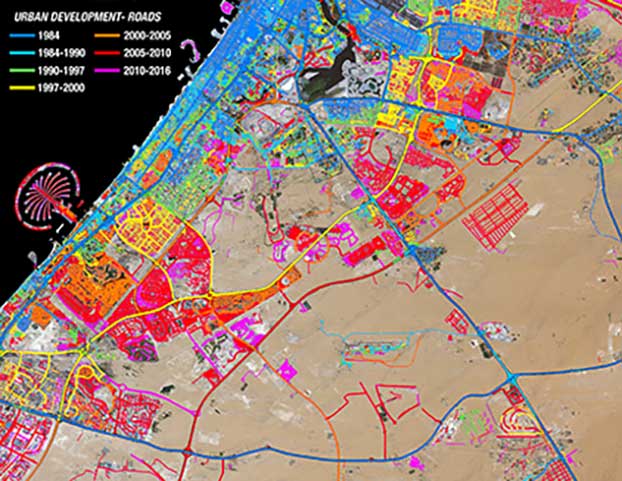
FIGURES 4-5. Dubai’s road network expansion between 1984 and 2016 shown in 2 color schemes. eCognition produced seven classifications in about 3.5 hours using a cumulative classification approach.
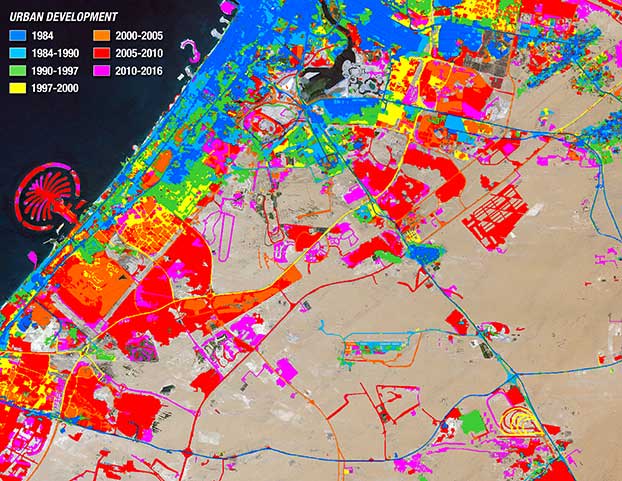
FIGURE 6. The classified urban development of Dubai between 1984 and 2016. Dubai has exploded from being an impoverished fishing village to having a population of nearly 3 million.
Lowe could then apply that master rule set with slight modifications to the remaining six classifications, and use each classified year as input for the next year’s classification. Using a cumulative classification approach, eCognition produced all seven classifications in about 3.5 hours.
“One of the powers of OBIA is its ability to take in any spatial-based data and classify whatever you tell it to,” says Lowe. “So I could integrate the OSM data into it with very little tweaking, and I could use the previous year’s urban and road classes as inputs for the next year. Combining each year’s results as inputs for the next year enabled eCognition to build on those and classify only the objects that hadn’t already been done. It’s smarter and more efficient. I couldn’t do that with pixel-based image processing software.”
The final results showed that Dubai’s road network grew from 4,692 km (2,915 miles) in 1984 to 13,000 km (8,077 miles) in 2016, an increase of 277 percent in 32 years. Lowe sent the classified road vectors, by year, the classified urban polygons, by year, and a mosaic of the Landsat imagery for each year to the NGS.
“With this information, the NGS can incorporate the city’s road expansion into their other metrics and develop a deeper understanding of Dubai’s urban growth in the last three decades.”
FROM ROADS TO ROOFS
Similar to how Dubai’s road development can inform the story of its growth, World Bank economists in Sri Lanka are analyzing how building roof materials can help inform the story of the country’s economic health.

FIGURE 8. The varied roof types in Sri Lanka make it possible to use high-resolution satellite imag- ery and OBIA technology to classify and map them. The city
of Colombo is the capital of Sri Lanka, one of the 20 AOIs in the World Bank’s “poverty from space” study. According to the World Bank, Land Info’s eCognition-based classifications were 90 percent accurate. Photo credit: Sarah Antos, World Bank.
With a population of about 22 million people, the tropical island of Sri Lanka has emerged from its nearly 30-year civil war to become one of the fastest growing economies in the world. And its record of poverty reduction is encouraging. The poverty headcount rate fell from about 22.7 percent in 2002 to 6.1 percent in 2012-13 (excluding the northern and eastern provinces). However, living standards remain low, and around 40 percent of the population subsists on less than $2.75 per capita, per day (based on 2005 figures).
Traditionally, the Sri Lankan government has measured its economic well-being through census surveys and detailed, door-to-door Household Income and Expenditure Surveys (HIES). However, census data is only collected once every 10 years and the HIES are collected infrequently; they’re incredibly time-consuming and they’re typically too small to produce reliable estimates below the district level. In addition, some areas of Sri Lanka have been too unsafe to collect survey data.
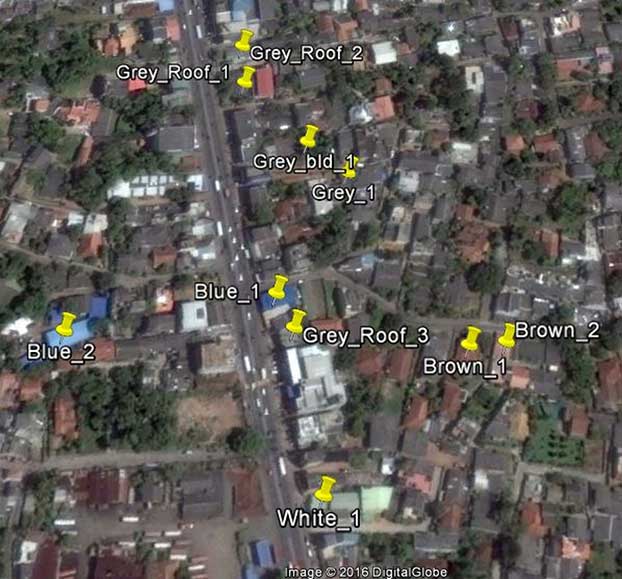
FIGURE 9. Lowe used Google Earth to show sample roof types of Colombo as eCognition training data. Sri Lankan project team members verified those roof types with ground surveys.
Given the World Bank’s goal to end extreme poverty by 2030, it has been fielding technological solutions to help it more efficiently and effectively compile accurate poverty profiles as a measure of how well aid programs are faring. In June 2015, it launched a project to test the viability of mapping and estimating Sri Lanka’s current economic health on a small scale using high-resolution satellite imagery, machine learning, and OBIA technology. The World Bank tasked Land Info to identify and classify buildings, roof-type materials, and agriculture. The results would be matched to household estimates of per capita consumption based on the country’s 2011 census.
“The rooftop materials in Sri Lanka are variable enough that they can be distinguished using high-resolution satellite imagery and OBIA technology and, most importantly, provide economic intelligence,” says Nick Hubing, Land Info’s President. “Unlike most projects that focus on the ‘pixels,’ this project was unique in that the World Bank wanted the statistics and real-world analytics based on the classifications.”
MORE THAN JUST X
Concentrating predominantly in the south of the country, the World Bank chose 20 AOIs that together created a sample area of approximately 3,500 sq km (1,350 sq mi). The project team used 55 individual satellite scenes that were acquired between 2010 and 2012, from a combination of WorldView, GeoEye 1, and QuickBird. These satellites’ sensors offer ground sampling distance resolutions that range from 40 cm to 60 cm. Prior to starting the imagery analysis, the imagery was pan-sharpened and orthorectified.
Lowe first created multiple indices to highlight and differentiate ground features found in satellite imagery as well as specialized ones designed to highlight and define buildings in eCognition.

FIGURE 10. The 20 AOIs in Sri Lanka for the World Bank’s “poverty from space” study.
Lowe then needed “training data” to teach eCognition how to isolate rooftops by type. Using Google Earth, he chose some sample sites in the capital city, Colombo, recorded their X, Y coordinates and sent the KML files to the local project team members in Sri Lanka. They conducted ground truthing of those locations, photographing roofs, noting their construction material and how they correlate to wealth. Lowe could convert those point locations and attribute data into Shapefiles and import them directly into eCognition as a thematic feature layer and fuse it with the information derived from the imagery.
Given the complexity and the precision needed for the classification—it required three levels and 44 separate processes—it took Lowe about two weeks to develop the varied rule sets.
Starting with a small area in the Colombo region, he first developed a rule set to separate vegetation from non-vegetation and extract out building footprints using a combination of standard, proprietary and customized spectral and object algorithms. In the second round, he merged the building footprints into larger single building objects and refined the vegetation areas. Using the first two classifications, he then imported the training samples from the World Bank and ran a third classification to identify and sort each building’s roof-type material into four classes: concrete, clay tiles, aluminum, and asbestos. Similar to what he did for the Dubai project, Lowe could then use that Colombo dataset as a master classification to apply to the other 19 AOIs.
“During this process, the intelligence of the OBIA software actually surprised me,” says Lowe. “At first I only had about 12 point samples for Colombo, which wasn’t nearly enough to classify that area or any of the others. But, by taking spectral signature samples of the roof materials we knew were definitely aluminum, asbestos, or clay and matching them to other training areas inside the Colombo AOI, eCognition automatically identified hundreds of feature objects with those same materials, which I could then apply to the other classifications. It basically trained itself, which I didn’t know it would do.”
After performing 20 separate classifications, eCognition had extracted and mapped a combination of 1.1 million buildings and building blocks, 42 percent of which have concrete tile roofs, 34 percent have clay, 16 percent have aluminum, and 8 percent have asbestos. According to the World Bank project team, the classification accuracy of the roof types was 90 percent.
“The software is so good at extracting out specific features and with more intelligence; it doesn’t just tell you X is a building, it tells you X is a building and it has X-type roof material,” says Lowe. “Also, the ability to create one rule set and, with small modifications, apply it to another area, enabled me to be much more efficient and cost-effective.”

FIGURE 11. Using eCognition, Lowe classified four different roof types and swathes of vegetation in Colombo. The first classification served as a master classification for the other 19 AOIs.
Based on the project results, the World Bank concluded that roof types can strongly correlate with welfare. Recognizing the methodology as a valuable supplement to household survey data and as a more efficient, safe and labor-saving process, economists are considering applying the system to generate more frequent poverty maps.
Indeed, from roads to roofs, the combination of the heightened data detail of remote sensing and the smartness of OBIA technology is proving to be a viable qualifier for those wanting to know not only what a particular object is, but how it relates to an area’s overall story. And that’s a story worth knowing.

